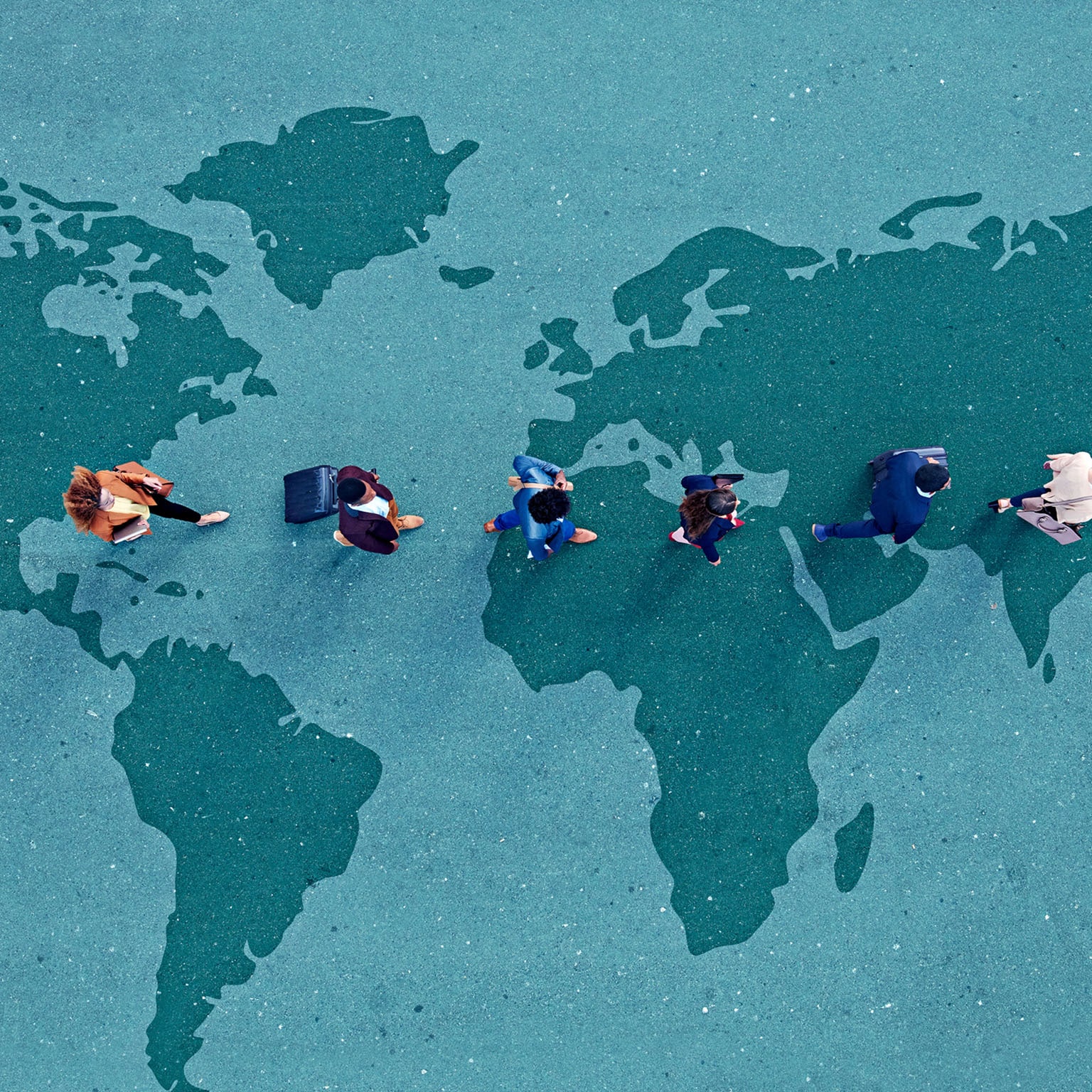
Globalization is a multifaceted phenomenon that shapes the cultural landscape of nations around the world. As societies become increasingly interconnected through trade, communication, and technology, the implications for cultural preservation are profound and twofold, encompassing both opportunities and challenges.
Positive Aspects of Globalization

Globalization can stimulate cultural evolution and economic development by facilitating greater cultural exchange and interactions. According to research, globalization fosters the 'speedier cultural evolution' and enhances the ability of societies to adapt to environmental changes[1]. This phenomenon often results in transformative innovations that can lead to economic growth, as societies become more interconnected and incorporate diverse cultural practices into their economies[2]. Additionally, the hyper-connectivity provided by global communication technology allows for the flourishing of cultural diversity as communities become more informed about different ways of life and traditions[1][8]. This interconnectedness can promote cultural enrichment, as individuals share and learn from one another beyond geographical boundaries.
Moreover, globalization helps minority and underrepresented groups leverage global platforms to share their narratives, thereby contributing to cultural preservation. Initiatives that emphasize the involvement of local communities in heritage preservation can lead to more inclusive representational practices. For instance, the World Monuments Fund emphasizes the significance of integrating diverse perspectives in cultural discussions, which can enhance the recognition and safeguarding of lesser-known cultural heritages[2].
Challenges Posed by Globalization
However, globalization simultaneously poses significant challenges to cultural preservation. The influx of global culture, driven by media and commerce, often leads to the homogenization of cultural expressions, threatening the uniqueness of local traditions. Many scholars contend that cultural globalization can result in 'a standardization of cultural expressions around the world,' thus creating concerns about cultural erosion and identity loss[3]. This notion is further evidenced by the experiences of various communities in different regions, as rural areas express apprehensions about the impact of dominant cultural narratives that overshadow local customs[5].
As communities assimilate into the global culture, they may face pressure to abandon their traditional practices and languages in favor of more popularized or commodified forms of expression. The loss of ethnobotanical knowledge and the decline of traditional languages are significant consequences attributed to this cultural shift[1]. Additionally, the commodification of culture can lead to the exploitation of cultural symbols and practices, which often strips them of their authentic significance[5][6]. This commodification can be especially damaging to indigenous communities, where cultural appropriation may dilute their heritage while undermining their authority over their cultural narratives[2][3].
Cultural displacement also manifests as a critical issue stemming from globalization. People migrating from rural to urban areas or relocating internationally may lose touch with their cultural roots, contributing to a lack of cultural continuity. The connection between traditional knowledge and the younger generations gradually diminishes, leading to a further risk of cultural extinction[4]. Additionally, rapid urbanization can displace traditional lifestyles, making it difficult for communities to maintain their unique ways of life in the face of modernization[6].
Strategies for Cultural Preservation
In light of the challenges posed by globalization, various strategies can be employed to safeguard cultural heritage while embracing the benefits of global interconnectedness. Educational initiatives play a significant role, as integrating cultural education within formal curriculums can help nurture a sense of cultural identity among younger generations[6]. Documenting and archiving cultural practices and artifacts is vital for preserving traditions for future generations, as these resources serve as repositories of cultural knowledge that can counteract the effects of cultural erosion[5].
Community involvement is essential in implementing effective cultural preservation strategies. Empowering local populations to take ownership of their cultural heritage leads to more sustainable practices. Governments also play a crucial role in creating supportive policies and legal frameworks to protect cultural sites and traditional knowledge[4][6].
Moreover, leveraging technology can provide new avenues for cultural expression and preservation. Digital platforms can facilitate the sharing of cultural narratives, allowing broader engagement and raising awareness about the importance of cultural heritage[2]. This approach not only protects cultural expressions but also democratizes access to cultural knowledge, fostering a deeper understanding of diverse heritages[7].
Conclusion
In conclusion, globalization exerts a dual influence on cultural preservation, offering both opportunities for exchange and significant challenges that threaten the uniqueness of local traditions. By strategically navigating these complexities, communities and organizations can work towards fostering cultural resilience in our increasingly interconnected world. Establishing proactive measures to safeguard cultural identities will be key in determining the future of cultural diversity in the age of globalization.
Get more accurate answers with Super Pandi, upload files, personalized discovery feed, save searches and contribute to the PandiPedia.
Let's look at alternatives:
- Modify the query.
- Start a new thread.
- Remove sources (if manually added).